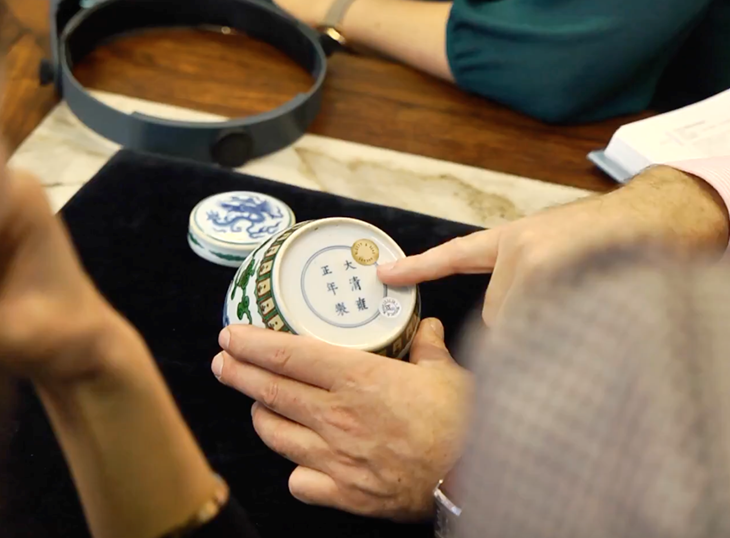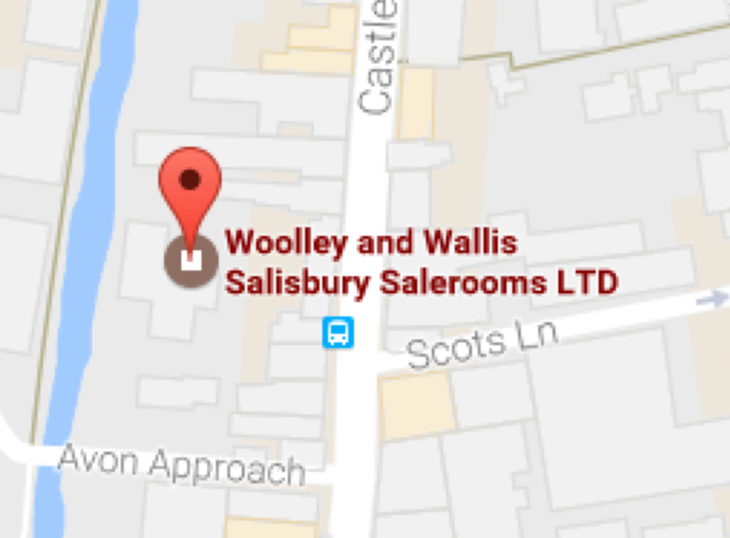A Restorative Cup
14th April 2025The proliferation of coffee shops peppering the high streets of English towns and cities today, shares a strong parallel with the explosion of coffee houses that arrived in London in the second half of the 17th century.
The first recorded coffee serving stall was set up by Pasqua Rosee in the commercial and financial hub of the city of London. Rosee was an Armenian-born servant of a British merchant working for the Levant Company that dominated England’s trade with the Ottoman Empire. Opened in 1652, Rosee’s shed, conveniently located near the Royal Exchange, became the go-to hub where London’s merchants congregated each day for the energising drink. By 1663 there were already 83 coffee houses in London and a century later they reached their zenith with 551 coffee houses in the cities of London and Westminster and many more appearing in port cities, such as Bristol and York. Early coffee drinking establishments were male dominated spaces where newspapers were read, politics debated and ideas shared. Their arrival was credited with ushering in the early Enlightenment period as well as serving as the birthplace of periodicals. Tatler and The Spectator were founded in 1709 and 1711, through collecting stories from the coffeeshops.
During the 18th century, the custom of drinking of coffee, tea and chocolate at home became fashionable amongst the wealthy and associated luxury wares were required for the status signalling ritual; from full tea and coffee services to lockable caddies and dainty tea tables from which to serve the refreshment.
The shape of early tea, coffee and chocolate pots were broadly based on prototypes developed in the countries from where the drinks originated, with the coffee vessel modelled on the tall Arabic brass pots of the Near East. Although produced as a key component of any tea service in the 1760s and 70s, porcelain coffee pots are much rarer than tea pots. By 1800, very few coffee pots were produced in ceramics, with the majority that were in use being made of silver. In the early 19th century, due to shortages of supply, coffee drinking declined in England as tea drinking became more widespread.
“Although today the world thinks of Britain as a nation of tea-drinkers, in fact, during the 18thcentury coffee was at least, if not more, popular than our national beverage. Throughout the second half of the 1700s, all of the major porcelain factories were producing tall, slender coffee pots and small cups or little straight-sided mugs known as coffee cans. The auction on 29thApril includes some of the earliest examples produced in Worcester during the 1750s, and these remain highly desirable with collectors, especially those with figural decoration, which are much rarer.” British and European ceramics and glass specialist, Clare Durham.
As well as stand alone examples, the upcoming British & Continental Ceramics & Glass sale on 29th April includes a private collection of English porcelain coffee wares, largely dating from the mid 18th century (Lots 460-492) comprising of coffee cans, mugs, pots and covers including rare Worcester examples.




